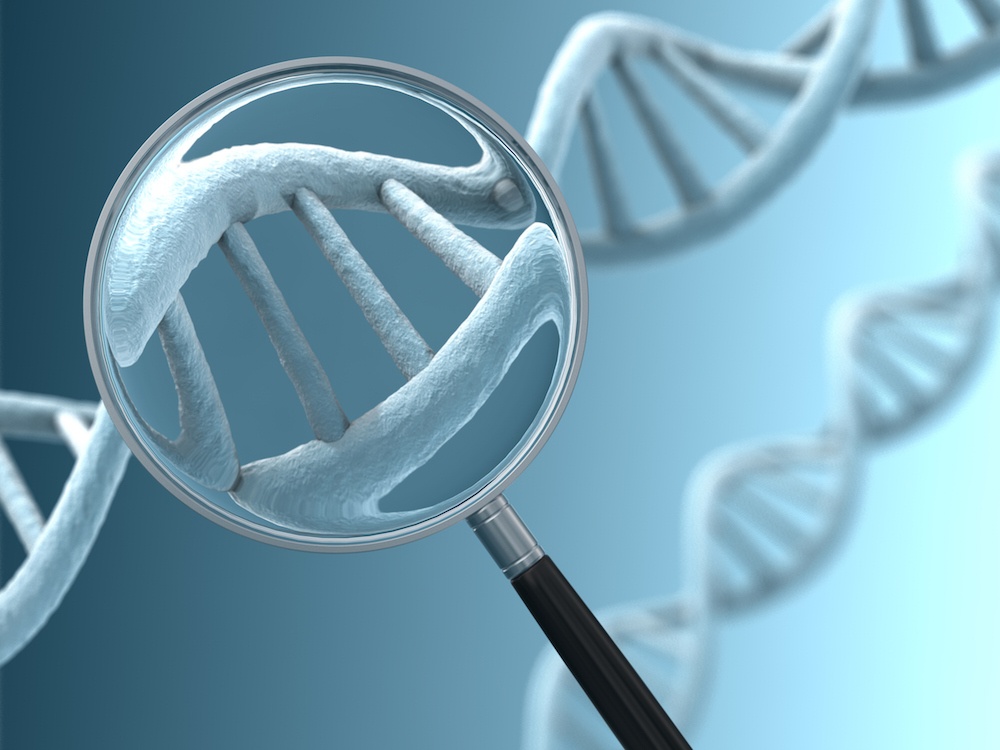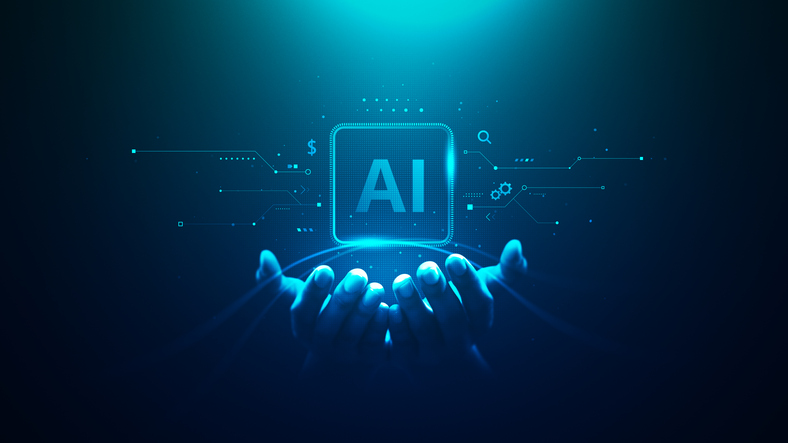
According to the American Society of Gene and Cell Therapy, gene therapy is “the introduction, removal, or change in the content of a person’s genetic code with the goal of treating or curing a disease.”
The definition goes on to note that the therapy involves a set of strategies that modify the expression of an individual’s genes or repair abnormal genes. Each strategy involves the administration of a specific nucleic acid (DNA or RNA). Nucleic acids are normally not taken up by cells, thus special carriers, so-called “vectors” are required. Vectors can be of either viral or nonviral nature.
Cell therapy, by contrast, is the “administration of living whole cells for the patient for the treatment of a disease. The origin of the cells can be from the same individual (autologous source) or from another individual (allogeneic source). Cells can be derived from stem cells, such as bone marrow or induced pluripotent stem cells, reprogrammed from skin fibroblasts or adipocytes.”
During the first session at Specialty Connect, which had a focus on gene therapy, Sophie Schmitz, BA, MA, managing partner at Partners4Access in Hilversum, Noord-Holland, the Netherlands, gave an overview of these concepts.
There has been recent progress in developing in vivo gene therapies for Parkinson’s disease, spinal muscular atrophy, hemophilia, and more. Progress has also been made with ex vivogene therapies for various cancer types (chronic lymphocytic leukemia, diffuse large B-cell lymphoma) and other conditions.
There are five main considerations for investigational gene therapies: the disease characteristics, science chosen to suit this, logistics of administering and manufacturing, safety and efficacy (particularly in the long term), and sustainability.
There are currently 351 gene-modified cell therapies in the pipeline, 15 of which are in phase III trials, as well as 328 gene therapies in development, 33 of which are in phase III trials. Viral vectors have made up the majority of trials, including lentivirus, retrovirus, adeno-associated viral (AAV), and adenovirus.
There are important considerations for the type of vector used, including whether the ability to integrate into the genome, the gene size capacity, the immunogenicity, and the ability to infect dividing and nondividing cells. Ms. Schmitz discussed an overview of the differences between viral and nonviral vectors (see TABLE).
Ms. Schmitz then gave a brief overview of the success of gene therapies in the international community, noting that success in Europe has been limited to date. Current payment models utilized in Europe are mostly caps, annuity-based schemes, and outcomes-based schemes.
Since 2007, Italy’s AIFA has developed an extensive plan of registries for monitoring expensive drugs. In December 2017, there were 228 ongoing web-based registries, 50% of which were for cancer drugs. There were 52 outcome-based arrangements, mainly payment by results, and 37 financial agreements. Issues encountered include the administrative burden and reliability (selection of endpoints). In England, the health care infrastructure supports the use of innovative access agreements. Current preferred payment models for cell and gene therapy include label restrictions and discounts; however, Brexit discussions loom over the future of health care in the country. In Germany, innovative access agreements are in early stages. Patient registries and European Reference Networks could support innovative funding opportunities.
She concluded by noting that gene therapies are both an evolution and revolution. These therapies change treatment paradigms and can provides cures for untreated and severe medical conditions. Changes to the health care system can improve the balance in the costs and free up resources to be able to cover these therapies.
Specialty Connect: Introduction to Gene Therapy: Key Terms, Concepts, and International Perspectives. AMCP Annual Meeting 2019.
| TABLE. A Comparison of Nonviral and Viral Vectors | ||
| Nonviral Vectors | Viral Vectors | |
| Delivery | Require a separate delivery method to introduce naked DNA into the cell | Natural or genetically modified mechanism built into viral vectors |
| Short-term efficacy | Difficult to achieve transfection into cells in large numbers | Higher transfection rates possible |
| Immune response | Far less immunogenic | Existing immunity to AAV vectors and risk of immune response |
| Carcinogenicity | Do not integrate into the genome and as such have low oncogenic potential | Some integrate into the genome, which may cause oncogenic mutations |
| Other safety issue | Bacterial origin of plasmids is problematic for a number of reasons | – |
| Long-term efficacy | Transgene expression is diluted by cell division since the plasmid is not integrated into the genome | Integrating viral vectors are not diluted by cell division |







 © 2025 Mashup Media, LLC, a Formedics Property. All Rights Reserved.
© 2025 Mashup Media, LLC, a Formedics Property. All Rights Reserved.